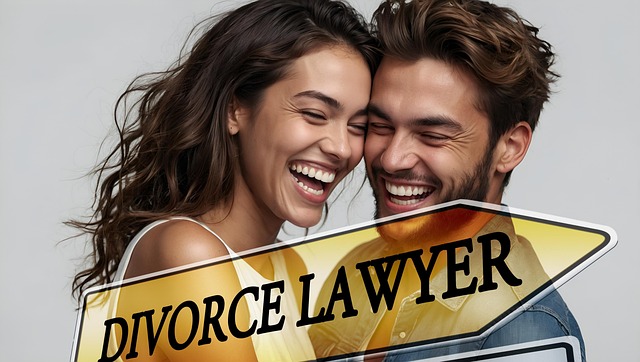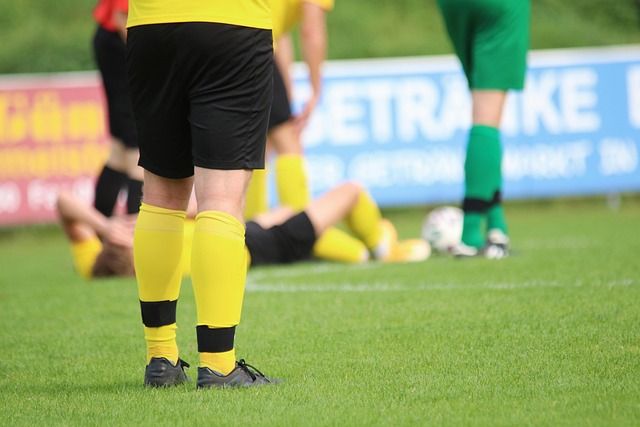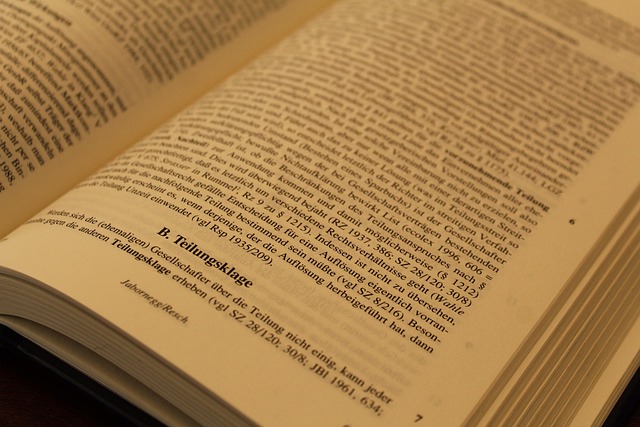In apartment slip and fall cases, establishing liability requires understanding incident details and legal doctrines. Tenants or visitors can claim compensation for medical bills, pain, and suffering if they prove that landlords, property managers, or homeowners' associations were aware of unsafe conditions or should have been aware and failed to rectify them promptly. Essential evidence includes documentation like incident reports, witness statements, medical records, and maintenance logs. Proving negligence involves high-resolution photos, video footage, witness testimonials, lease agreements, and communication logs. Legal experts specializing in apartment slip and fall claims can guide claimants through regional laws and help maximize compensation.
“Apartment slip and fall claims require a meticulous understanding of liability and evidence collection. When navigating these cases, proving fault is paramount. This article guides you through the intricate process, from recognizing established liability to gathering crucial evidence of negligence.
Learn effective strategies for documenting incidents, interviewing witnesses, and presenting compelling cases. Additionally, discover the legal procedures essential for securing compensation. By mastering these steps, you’ll be better equipped to navigate complex apartment slip and fall claims.”
- Understanding Apartment Slip and Fall Claims: Establishing Liability
- Gathering Evidence to Prove Negligence
- Navigating Legal Procedures for Compensation
Understanding Apartment Slip and Fall Claims: Establishing Liability
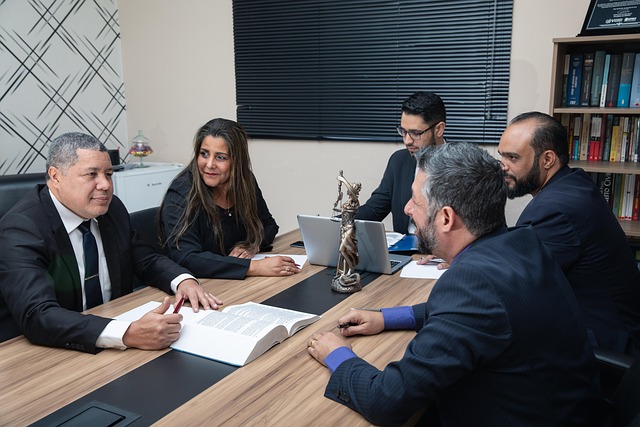
In apartment slip and fall claims, establishing liability requires a thorough understanding of both the incident’s circumstances and relevant legal principles. Tenants or visitors who sustain injuries in a residential apartment due to unsafe conditions can seek compensation for their medical expenses, pain, and suffering. To prove fault, it’s crucial to demonstrate that the landlord, property management company, or homeowners’ association had actual or constructive knowledge of the hazardous condition and failed to address it promptly.
Actual knowledge implies direct awareness of the risk, while constructive knowledge refers to situations where a reasonable inspection would have revealed the dangerous situation. Documentation plays a vital role in supporting these claims; this can include incident reports, witness statements, medical records, and even maintenance logs that show previous complaints or similar occurrences. Like in product liability cases where manufacturers are held accountable for defective products, apartment slip and fall litigation emphasizes the responsibility of property owners to maintain safe living environments. Breach of fiduciary duty, akin to relationships governed by employment contracts, can come into play when landlords neglect their duties, resulting in avoidable hazards that lead to tenant or visitor injuries.
Gathering Evidence to Prove Negligence
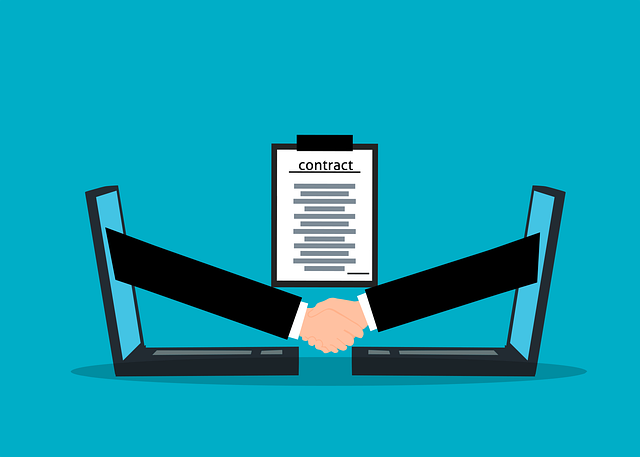
In any apartment slip and fall claim, gathering evidence to prove negligence is paramount. The first step involves documenting the incident scene with high-resolution photographs that capture the condition of the floor, any visible hazards, and the victim’s injuries. Video footage from security cameras or personal devices can also be invaluable, providing a visual account of how the accident occurred. Testimonials from witnesses who were present during the incident are another crucial element, as they can corroborate the victim’s version of events and establish negligence.
Furthermore, reviewing lease agreements, maintenance records, and communication logs between the property manager and tenants can help demonstrate a fiduciary duty breach. In some cases, product liability may also come into play if the fall was caused by defective flooring or other hazardous products within the apartment complex. As with any legal dispute, meticulous record-keeping and prompt action are essential to gather compelling evidence that supports the victim’s claim in potential business litigation related to apartment slip and fall incidents.
Navigating Legal Procedures for Compensation
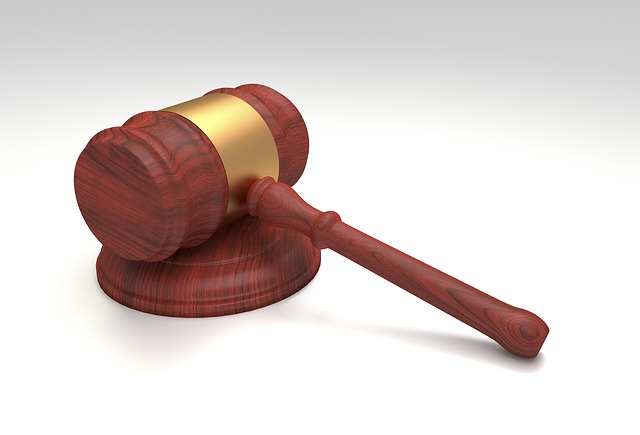
Navigating legal procedures for compensation in apartment slip and fall claims requires a strategic approach. After ensuring immediate medical attention, document every detail related to the incident—from witnessing statements to photos of the hazardous condition. This evidence will be crucial when presenting your case to an insurance company or filing a lawsuit against the property owner or management. Legal experts specializing in apartment slip and fall cases can guide you through this process, helping you understand relevant laws and regulations tailored to your region.
While it’s understandable to seek justice for your injuries, it’s important to be mindful of potential obstacles. Unlike employment disputes or partnership disagreements, personal injury claims have specific statutes of limitations, meaning you have a limited time to file. A qualified attorney can help manage these legalities, ensuring your rights are protected and maximizing the compensation you receive for your apartment slip and fall incident.
Proving fault in apartment slip and fall claims requires a comprehensive approach. By understanding the legal framework, gathering compelling evidence, and navigating the necessary procedures, victims can secure justice and compensation. Remember that establishing liability is crucial, and with the right tactics, you can build a strong case to ensure fair compensation for your injuries sustained due to another party’s negligence in an apartment setting.
